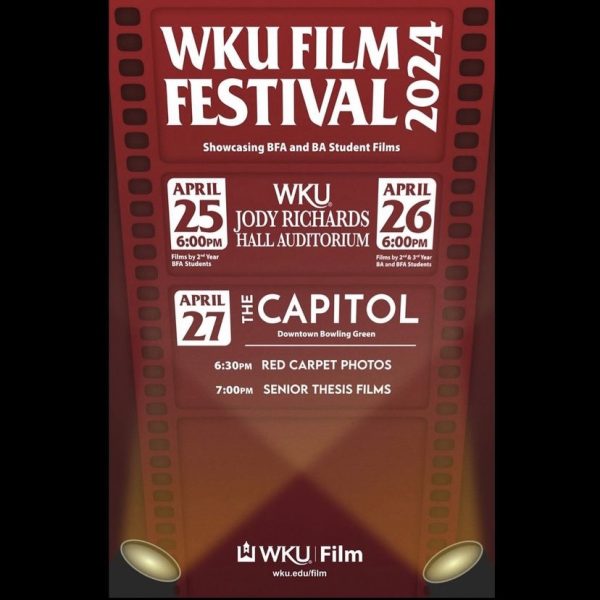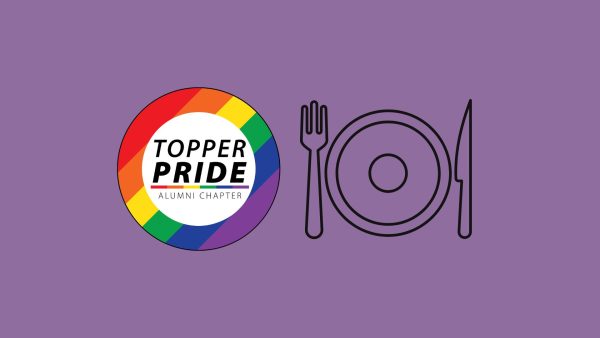A storytelling mural of Jonesville is being installed in the Kentucky Museum
Alice Gatewood Waddell is currently working on a Jonesville mural in the lobby of the Kentucky Museum. The mural depicts the story of the thriving neighborhood as WKU takes over the land.
August 12, 2021
A new mural being installed in the Kentucky Museum, depicts the culture of Jonesville, an African American community that was pushed out in the 1960’s to create WKU’s campus.
This new work, which stretches over an entire wall in the lobby, is the work of nationally known artist, Alice Gatewood Waddell, who attended and graduated from WKU.
Jonesville was a neighborhood established by freed slaves after the Civil War. Where Jonesville once stood is now the location of Diddle Arena, Smith Stadium, Downing Student Union and Bates Runner Hall.
Upon walking into the Kentucky Museum, the mural is the most noticeable feature of the lobby because of its size. The mural is a “window” into Jonesville, as the mural faces the exact direction that Jonesville used to be.
As an artist whose work adorns walls in art galleries throughout the nation, this work has a deeper meaning to Waddell, a Bowling Green native. Part of her family lived in Jonesville.
“As a kid I went there a lot, so I was very familiar with the neighborhood and saw the change,” Waddell said. “When Western took over the property, we saw people move to different neighborhoods, families just dispersed out to different parts of Bowling Green.”
The one half of the mural shows children playing, and bright sunflowers to show how happy the community was, Waddell said. The other half shows a storm moving towards the neighborhood from the top of the Hill where a WKU flag is waving.
“This mural tells the story of the kids, when we would look and wonder what was at the top of the hill,” Waddell said. “We didn’t see any black people on campus at that time.”
A current WKU art professor, is helping to see the project through with the help of student interns as well as experience himself creating different murals with the medium.
Fresco painting is a method using water-based pigments on freshly applied plaster. The colors, which are made by grinding dry-powder pigments in pure water, dry and set with the plaster to become a permanent part of the wall. However, the Jonesville fresco is made of drywall and pigment.
For the process, they are applying plaster to the wall then using the colors to create the mural.
“We always pasture more than we can paint because it helps to last a lot longer,” Nichols said. “If we just painted to the edge, the edge dries so fast that all of a sudden we might not be able to.”
The goal is for the mural to be completed by Friday so when students return to campus, they are able to come see it, Nichols said.
Three WKU students are helping Waddell with the painting process. The students work from 8 a.m. until 5 p.m. several days per week, Nichols said.
“It’s a nice way to be a part of the community,” Aisha Salifu, junior at WKU, said. “It’s a way I can contribute.”
Digital News Editor Debra Murray can be reached at [email protected]. Follow her on Twitter @debramurrayy

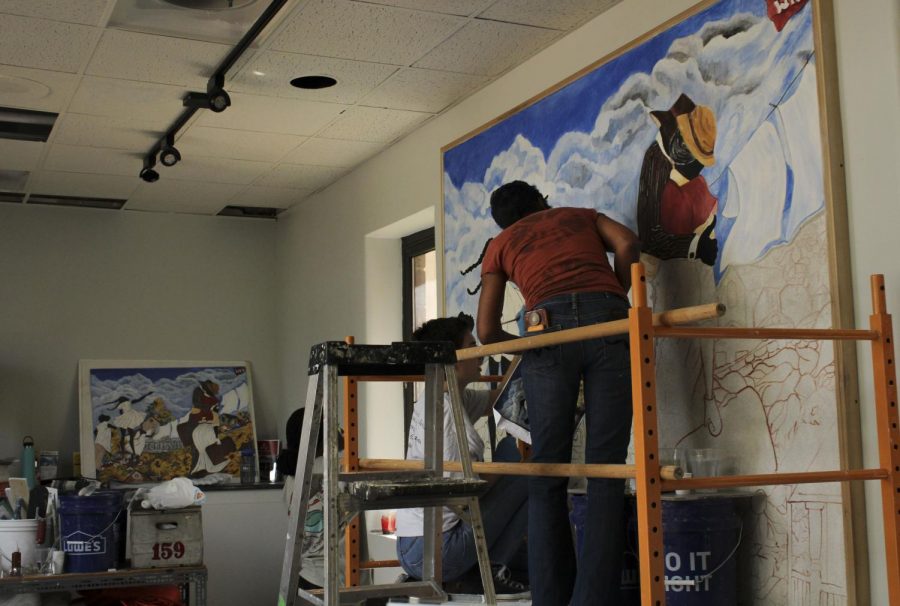








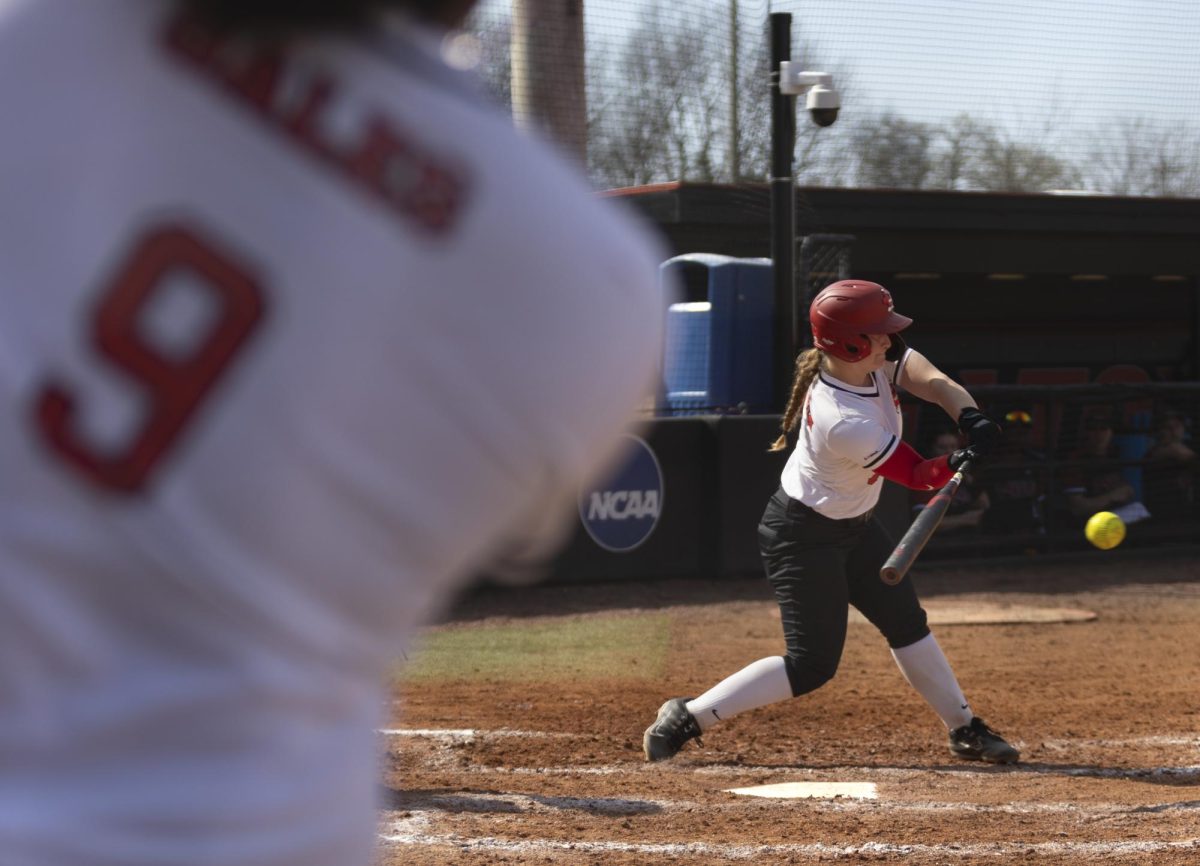
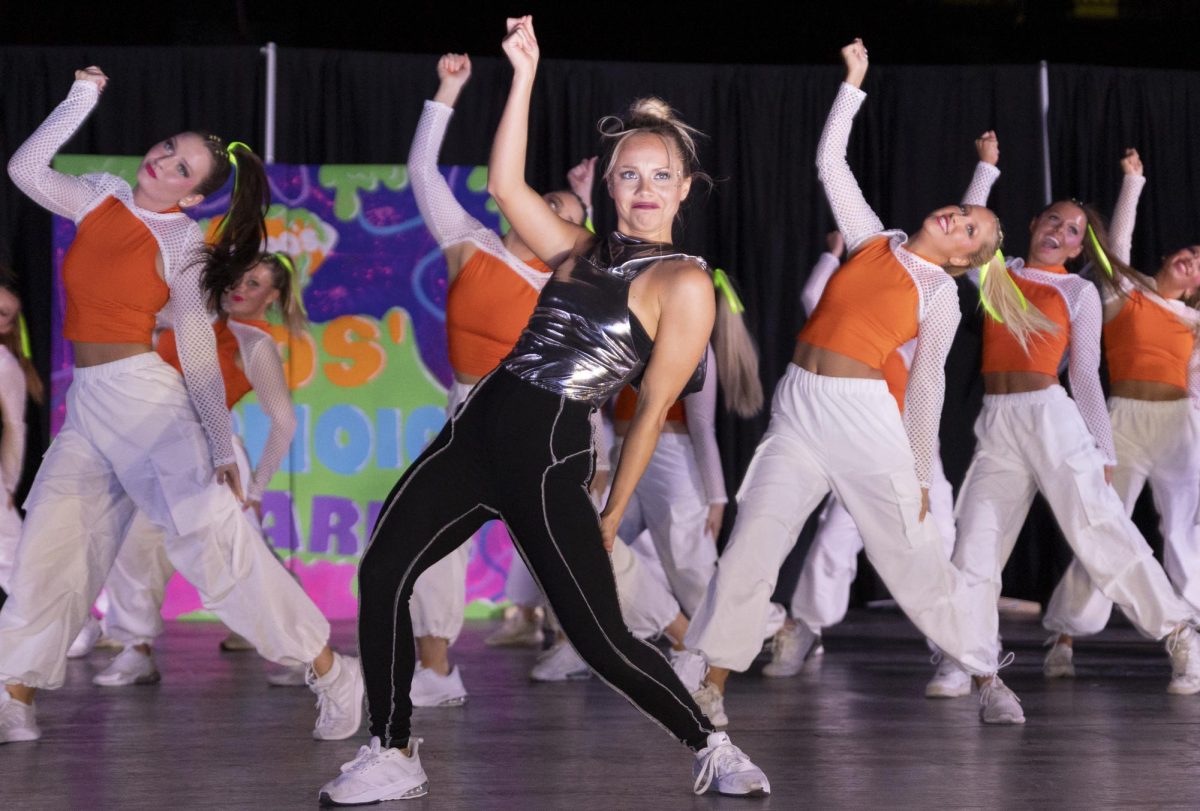

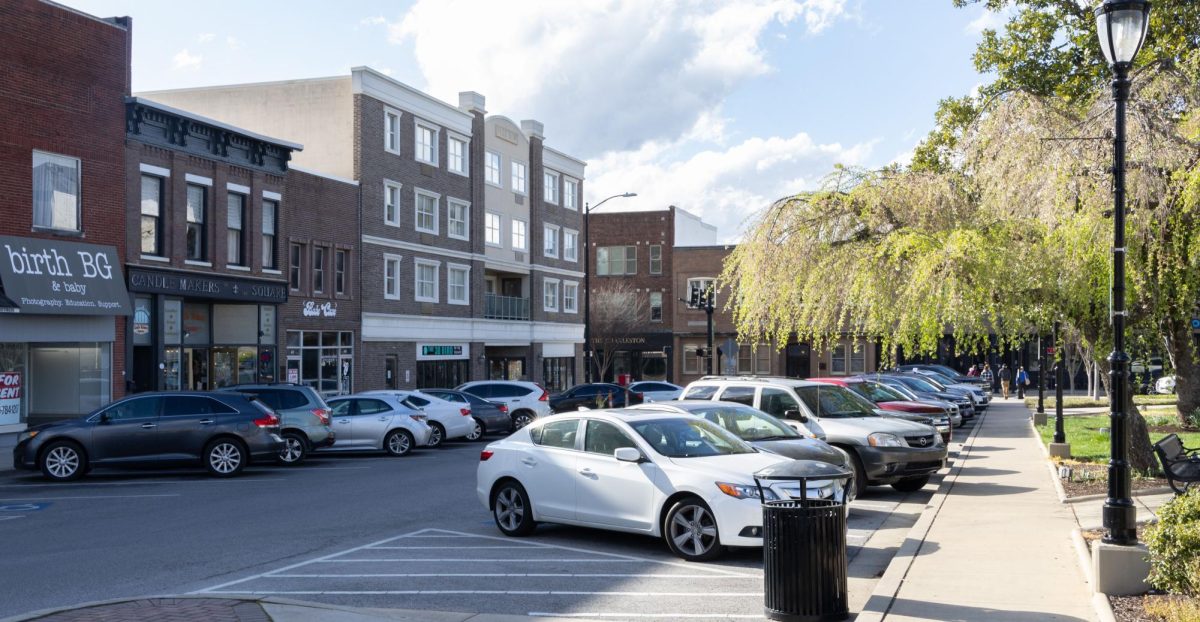
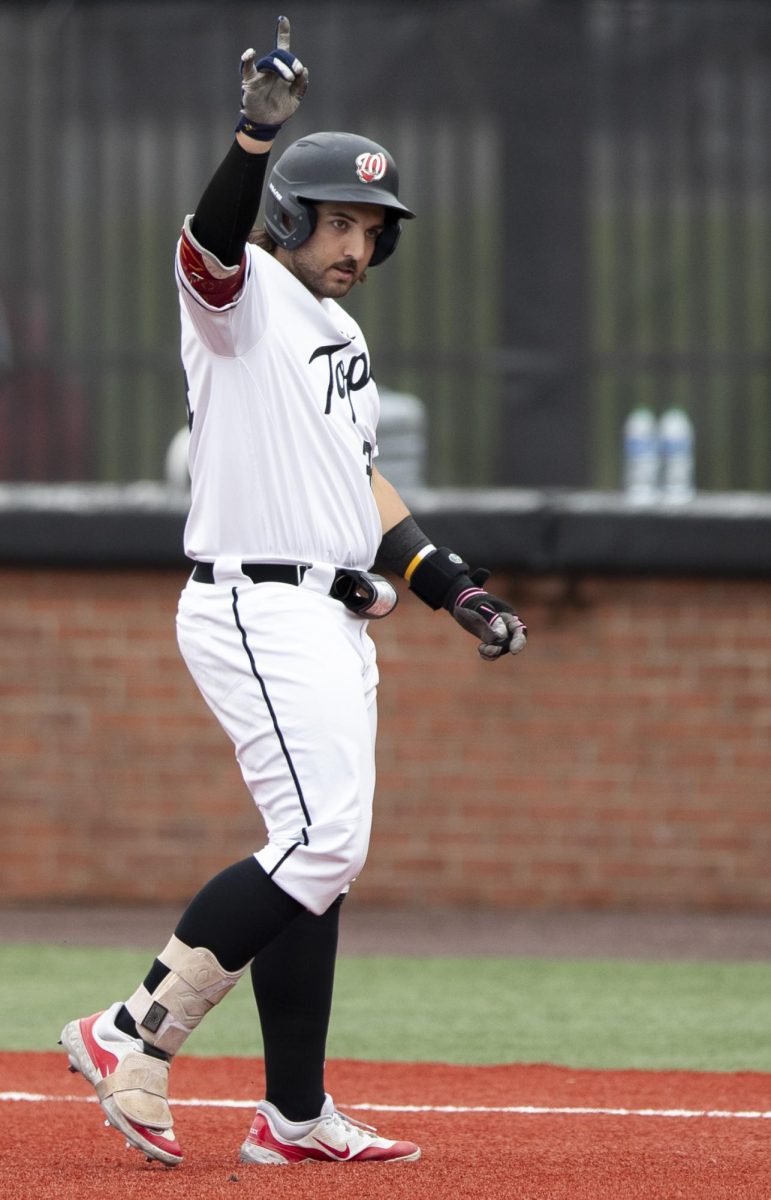





![Megan Inman of Tennessee cries after embracing Drag performer and transgender advocate Jasmine St. James at the 9th Annual WKU Housing and Residence Life Drag Show at Knicely Conference Center on April 4, 2024. “[The community] was so warm and welcoming when I came out, if it wasn’t for the queens I wouldn’t be here,” Inman said.](https://wkuherald.com/wp-content/uploads/2024/04/smith_von_drag_3-600x419.jpg)


